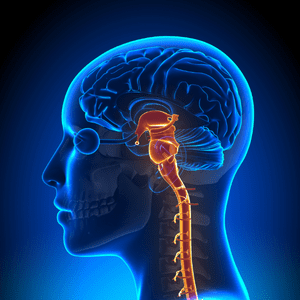SE theory indicates that both fight/flight and freeze-based neurological systems are core to trauma processes and symptoms. The dissociative symptoms with their role in raspatory depression, muscle weakness, and cognitive fog have strong implications for understanding both Post-COVID Syndrome (PCS) and Post-Intensive Care Syndrome (PICS).
Both wide-ranging health challenges have symptom profiles that are similar to both hyperactivation (fight/flight) and hypoactivation (freeze).
The periaqueductal grey is a brain region that may play a central role in these clear symptom profiles of hypoactivation and hyperactivation. There are likely physical health impacts from neurobiological challenges from PCS or PICS, such as a diffuse axonal injury due to sepsis (global system toxicity due to blood-based infection) or anoxia (lack of oxygen to the brain) and physical systemic atrophy in muscles and organs.
However, these symptoms could be exacerbated by trauma-based fight/flight or freeze-based symptoms. Addressing these processes in a multidisciplinary team with a focus on reestablishing regulation of the autonomic nervous system and mitigating freeze states, along with medical management of health and occupational/physical therapy, could significantly improve clinical outcomes.
The current treatments for PTSD often do not directly address freeze-based systems. Understanding the neurobiological substrates of freeze (hypoactivation) and fight/flight (hyperactivation) could guide the development of interventions that are person-centered as well as more effective.
Terpou, B. A., Harricharan, S., McKinnon, M. C., Frewen, P., Jetly, R., & Lanius, R. A. (2019). The effects of trauma on brain and body: A unifying role for the midbrain periaqueductal gray. Journal of neuroscience research, 97(9), 1110-1140.


